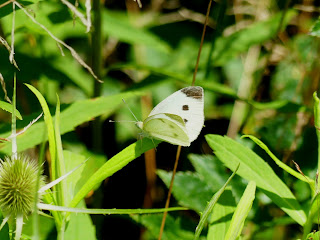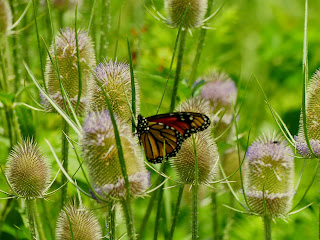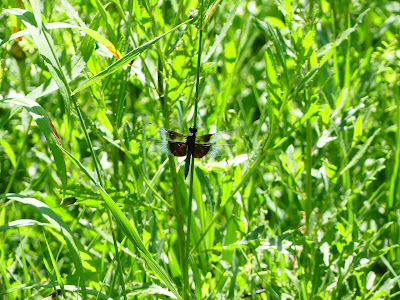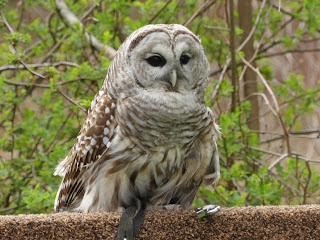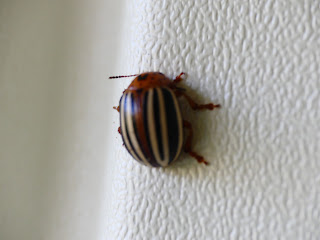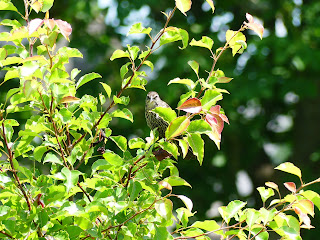Cloudless Sulphur
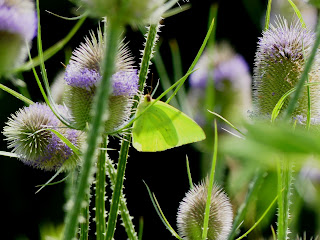
Here's a Cloudless Sulphur I met. In most of my area they are the Big 3 of sulphur (yellow) butterflies ... and are the biggest size-wise of our sulphurs. This isn't saying much since they're still smaller than our Monarchs and Swallowtails, but it does help identify them a bit. If our other sulphurs are around, these guys will usually be a little bigger, frequently with a paler yellow and sometimes with a greenish tint. To grow up to be strong healthy butterflies, they need legume plants to eat as caterpillars. This includes the senna that our Sleepy Oranges like, though it sounds like other legumes like clovers can also work for them.


